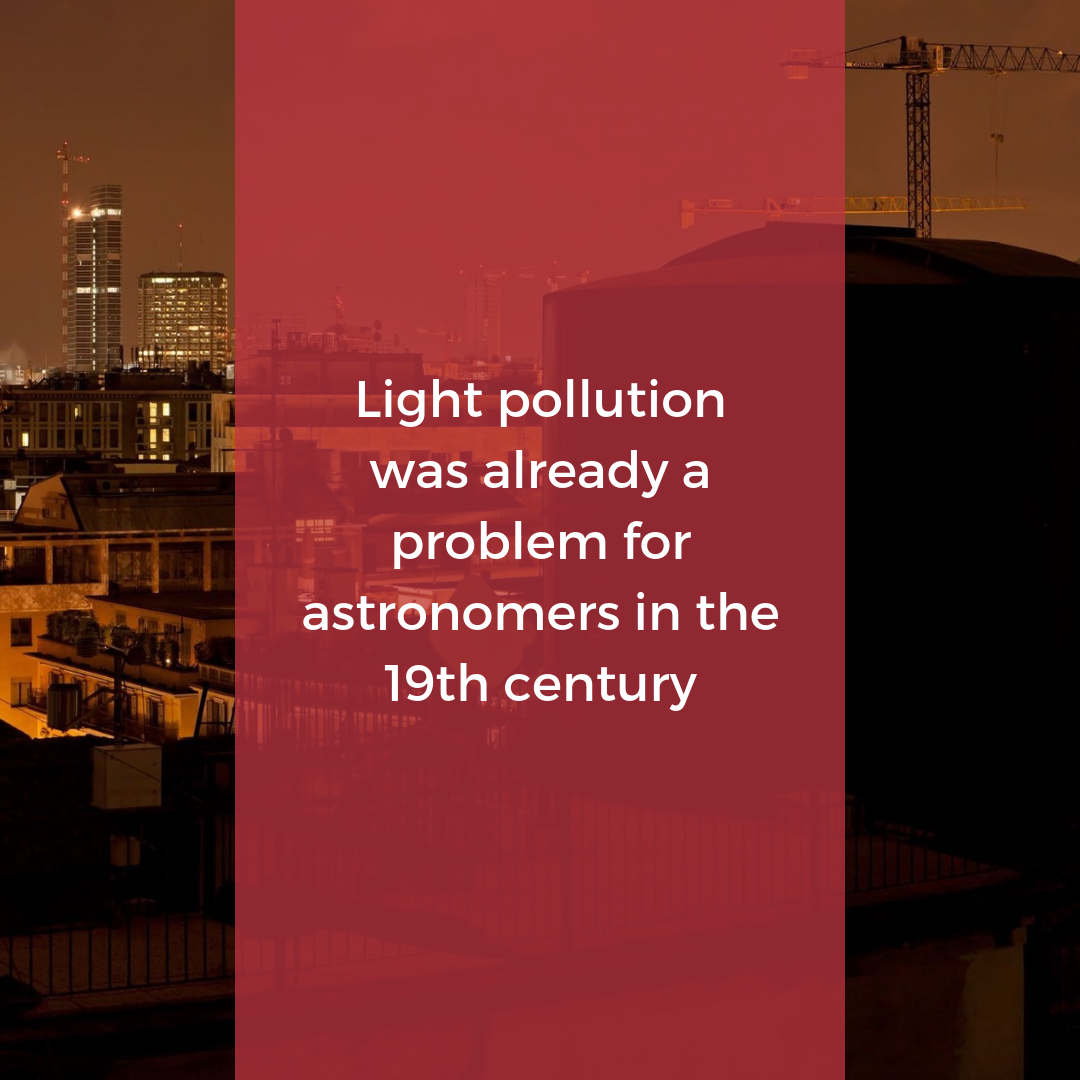
“It is evident that the city, in which the Observatory is located, is rapidly growing in every direction: coal smoke leaves the atmosphere more and more opaque, and the abuse of electric lights takes away most of the darkness of the night.”
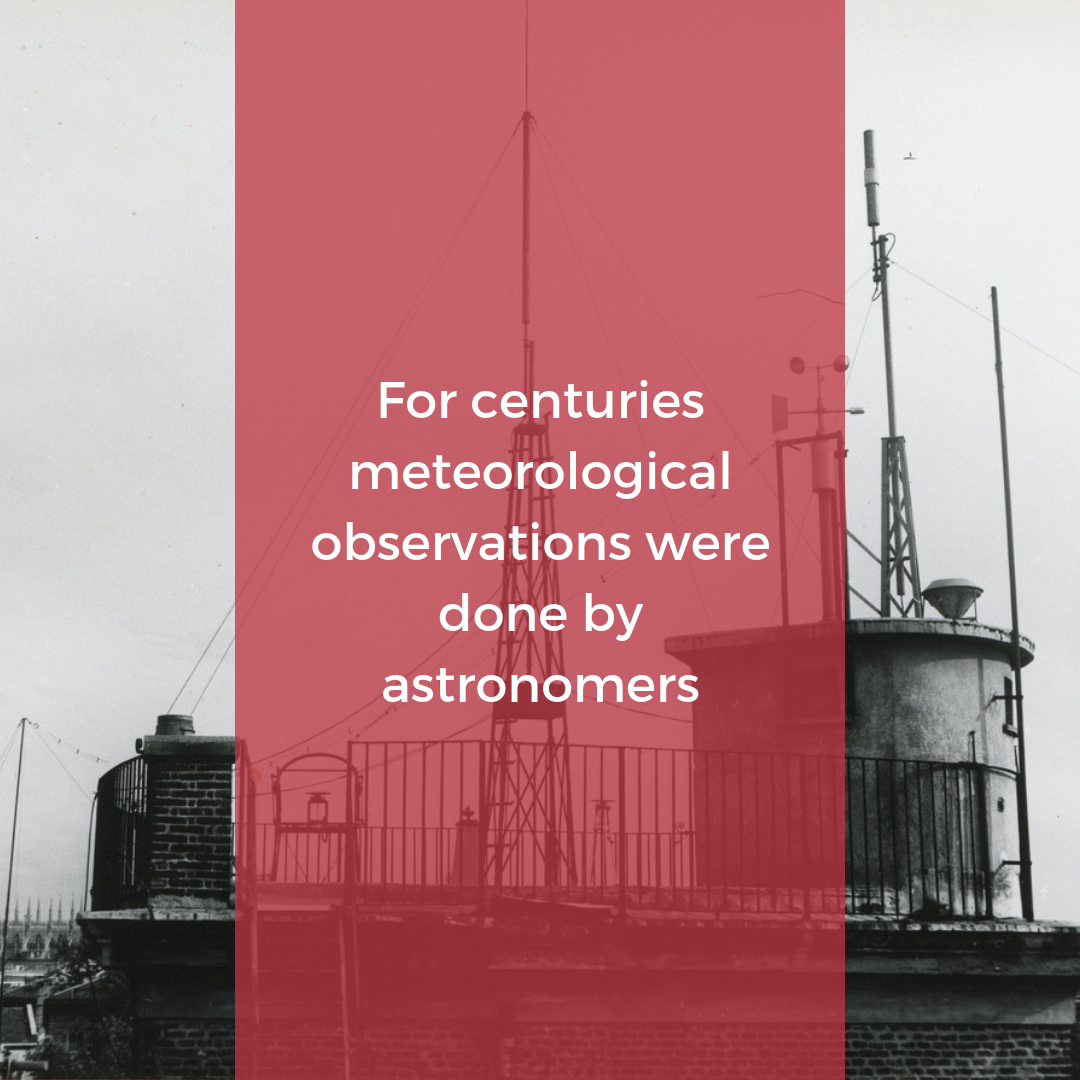
Most astronomical observatories have records of meteorological observations, sometimes even complete series of data. Knowledge of the local weather is fundamental to ensure good astronomical observations (for example, to measure the angle of the atmospheric refraction).
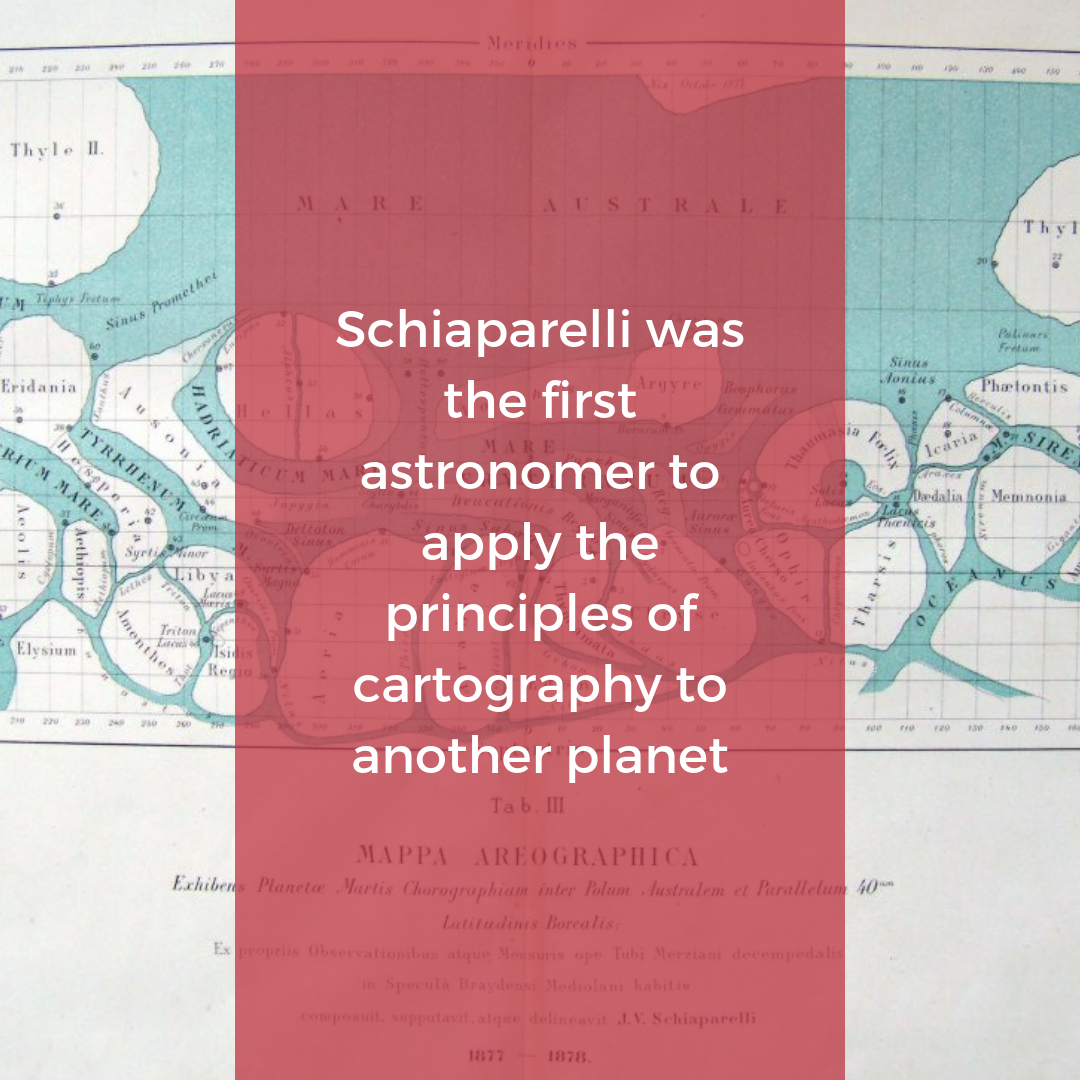
Schiaparelli is famous worldwide for his observations of the planet Mars, which had begun accidentally while he was trying out his new telescope at the Brera Astronomical Observatory (the telescope started operations in 1875).
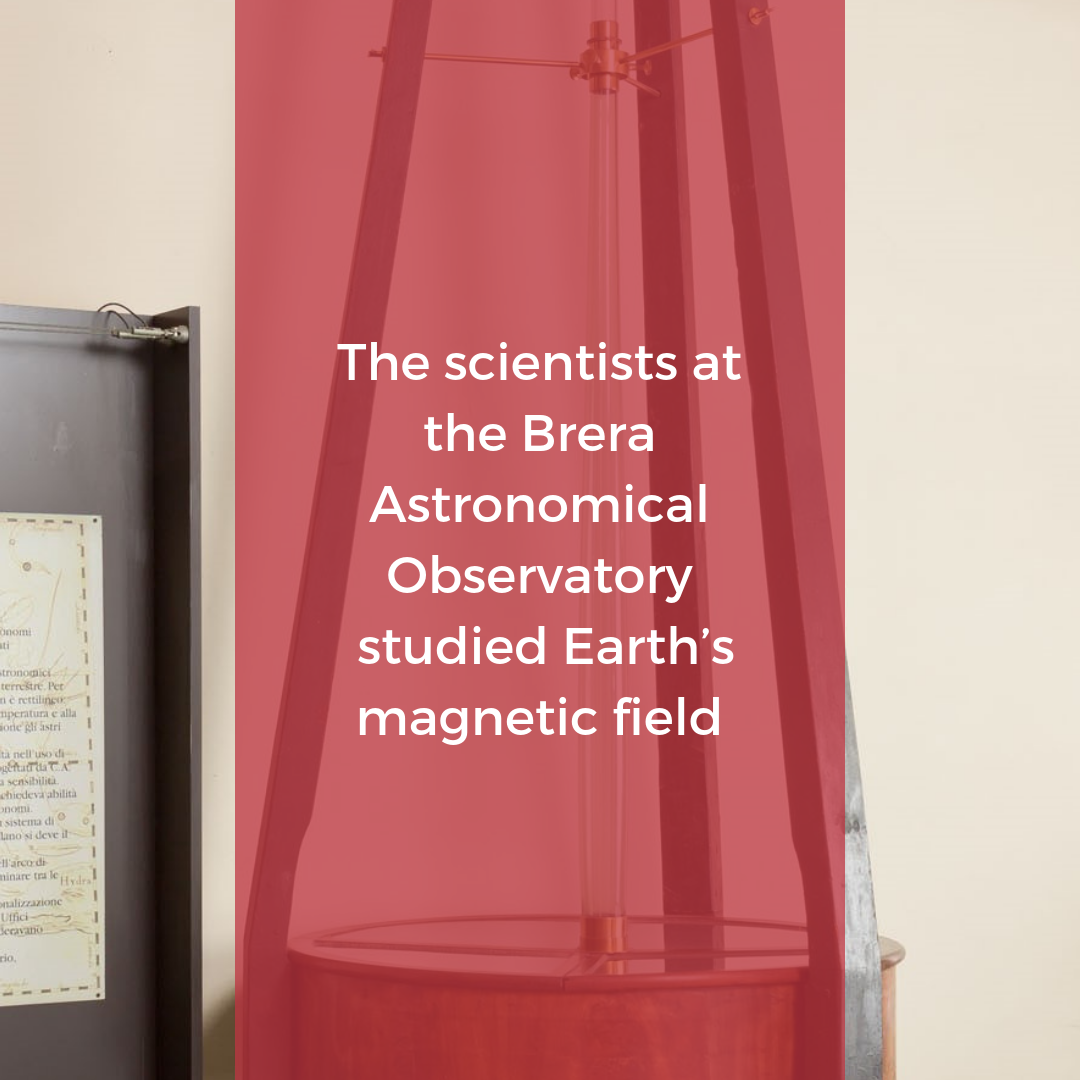
Magnetic fields are generated by electric currents. Just like many other celestial bodies, our planet has its own magnetic field, generated by the motions of the fluid outer core of the Earth, consequent to the Earth’s rotation on its axis.
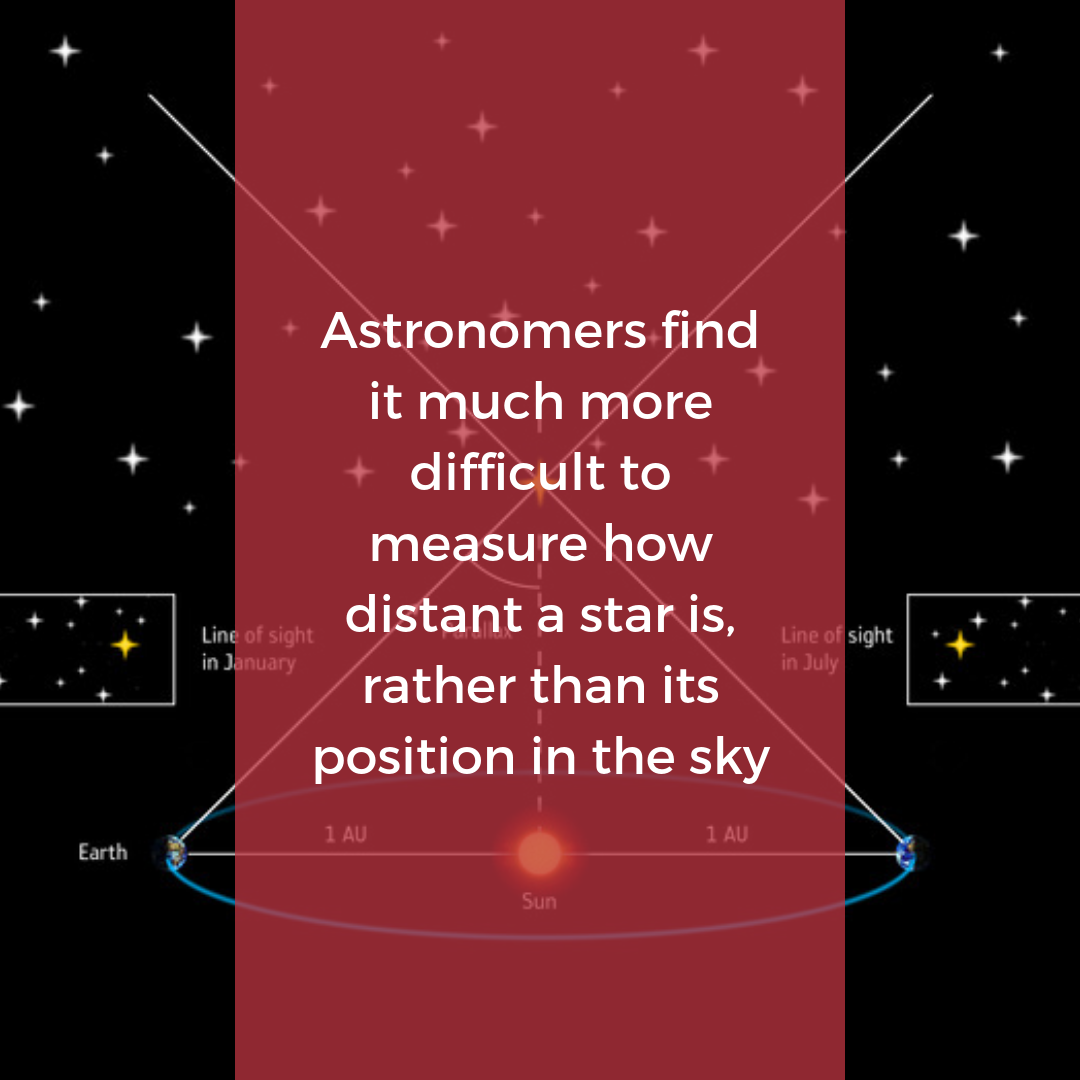
he positions of stars in the sky have been known and measured for millennia, but the first measure of the distance of a star (besides the Sun) from Earth is less than 200 years old! This incredible endeavor was finally accomplished in 1838 by Friedrich Bessel, when he determined the distance of 61 Cygni: the star measured to be 10.3 ly away from the Sun (100.000.000.000.000 km, or one hundred thousand billion km).
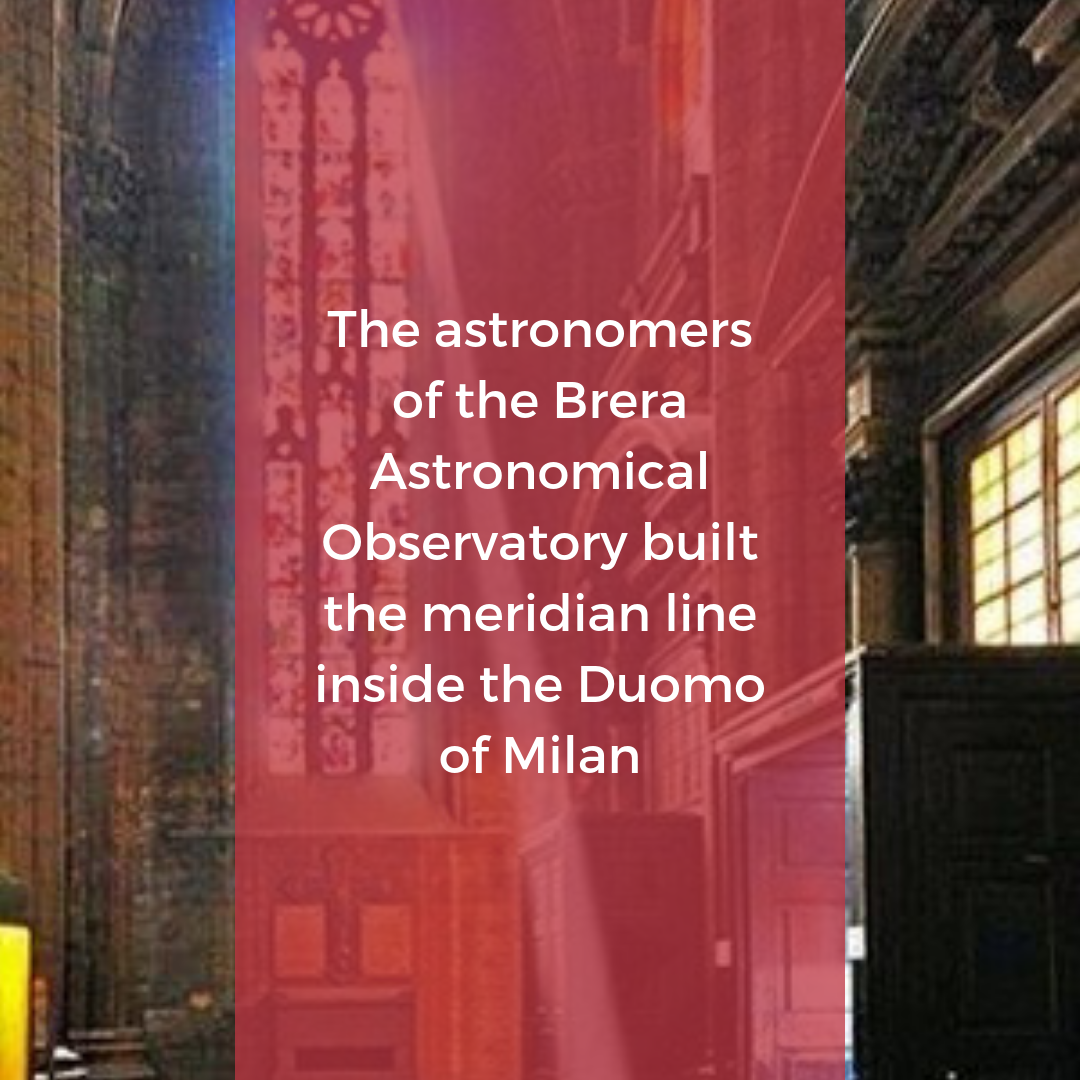
In Italy, until the second half of the 18th century, the beginning of the new day, which was divided in 24 hours, was related to the setting of the Sun. Due to the orbit of the Earth around the Sun, the length of the day from sunset to sunset changes a few to several minutes each day during the year: a total of about 3.5 h at the latitude of Milano.
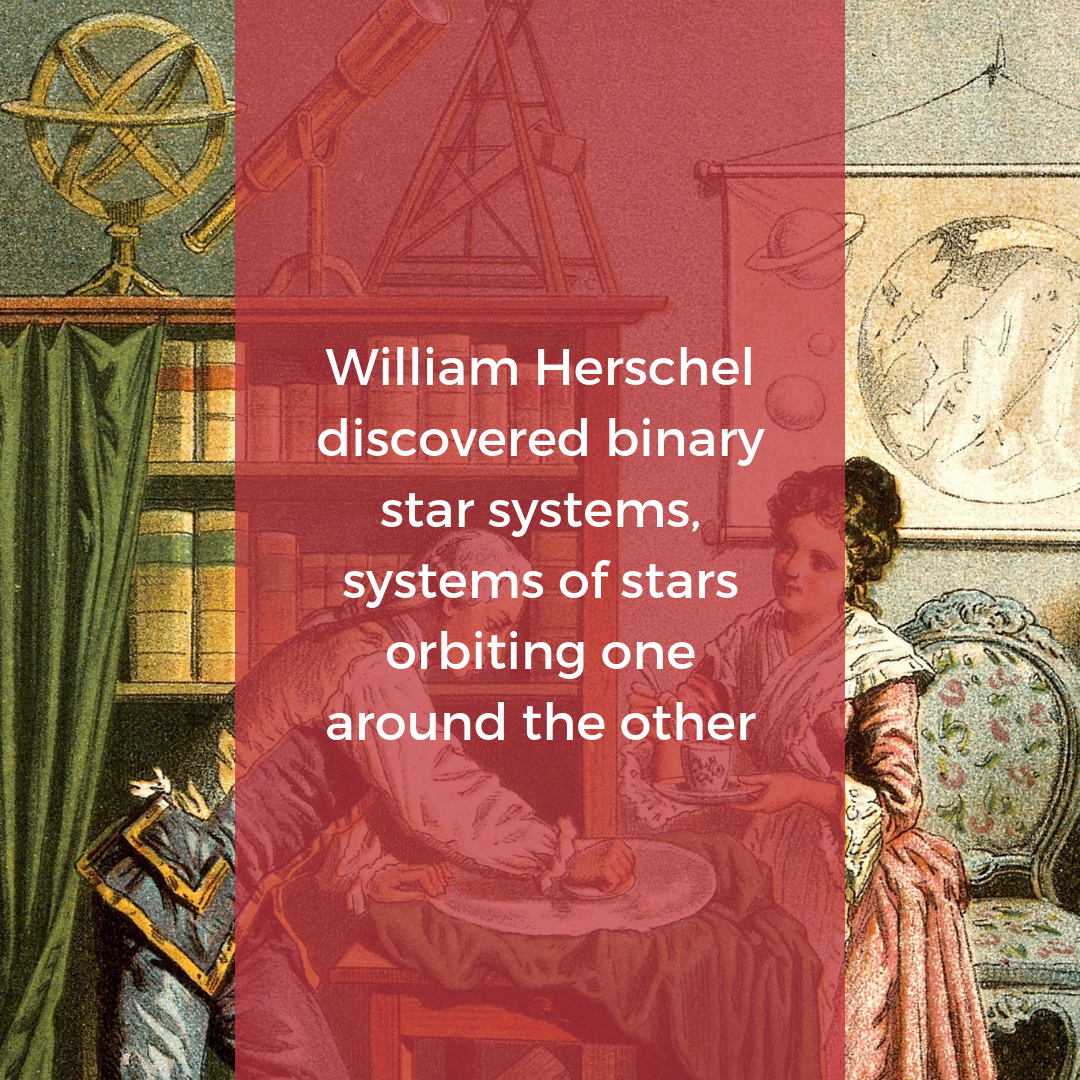
William Herschel was an excellent astronomer … but he was also very lucky in his career! He is famous for the discovery of the planet Uranus, on March 13, 1781. However, this very important discovery was entirely accidental, since he was actually trying to study something completely different: the spatial distribution of the stars in the Milky Way with measurements of their distances.

A precise knowledge of time is essential for astronomy, and astronomers have always been experts in measuring it. Requests from governments to Astronomical Observatories to keep and distribute the exact time were frequent. The meridian line built by the astronomers of the Brera Astronomical Observatory in 1786 inside the Duomo of Milan is one example.

When light passes through a dispersive material, like a prism, a multicolored band appears; this “spectrum” forms because light is split up into its colors, each with its own wavelength. This is what causes the beautiful rainbows we see in the sky after the rain, the result of sunlight going through, technically being dispersed by the drops of water in the air.

When in 1788 the austrian government wanted a better map of the regions surrounding Milan and Mantua, which were then subject to the austrian empire, the job was given to the astronomers of the Brera Astronomical Observatory.










